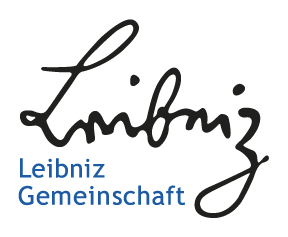Mathematical Modeling and Simulation in the Leibniz Association
In the Leibniz Association, MMS plays a significant role in more than half of the institutions and in all sections:
Section A - Humanities and Educational Research |
In Section A, the description and explanation of language and language use is carried out using mathematical modeling and simulation. Furthermore, MMS is used in the field of education informatics and empirical education research, e.g. in document analysis, in static language models, in statistical methods, and in microeconometric models.
Section B - Economics, Social Sciences, Spatial Research |
In Section B, mathematical modeling and simulation plays an essential role in the evaluation and development of estimation strategies, the estimation of statistical models for the analysis of complex data structures, or the modeling of housing demand as a stochastic process.
Section C - Life Sciences |
In Section C, MMS is used in the field of biodiversity research, in the modeling of ecosystem processes as well as in ecosystem services, including the reaction from ecosystems to the climate or in evaluation and modeling focussing on genetic issues. Furthermore, MMS methods are used in the simulation of highly dynamic geoprocesses (meteorite impacts, shockwaves) and in the digitization of naturalistic collections.
Section D - Mathematics, Natural Sciences, Engineering |
In section D, MMS is an essential part of the scientific work in several institutes, and applied to various fields. It ranges from the modeling and simulation of polymer materials, through the characterization of mechanical surface properties on nanoscales, to the calculation of molecules and their electronic structures. In further research fields, MMS methods are required for the investigation of light-matter interaction in strong laser fields and nanostructures, as well as in cosmological simulations with particle methods.
Section E - Environmental Sciences |
In section E, MMS is used in the field of climate and atmospheric research, e.g. in models for the statistical simulation of regional climate changes, in severl models for the simulation of dynamic processes in the atmosphere, in the simulation of chemical transport processes in the lower atmosphere, but also in the geosciences, in the modeling and simulation of the temporal change of deformation and Mass transport and the modeling of heat and mass transport in the subsoil.

